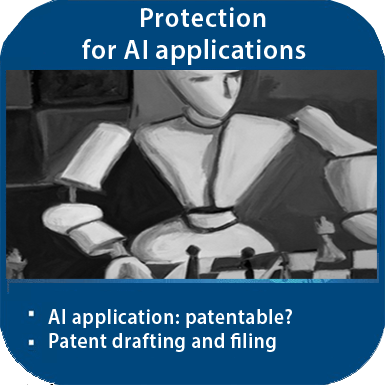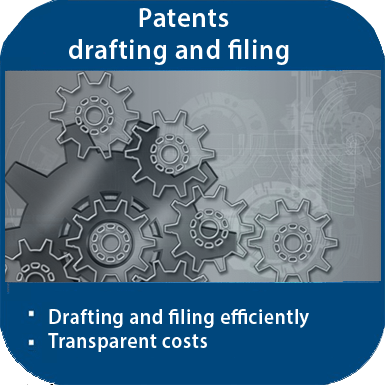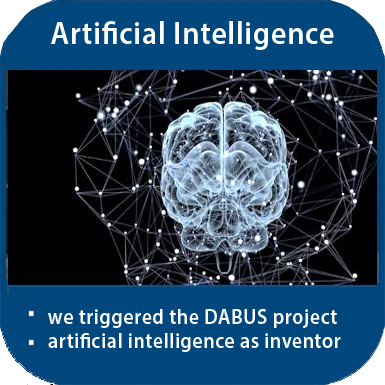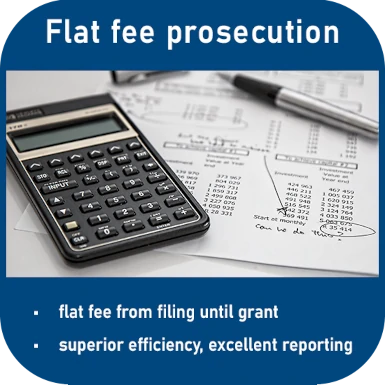Patent claim: Purpose fulfilment by embodiment - functional requirement?
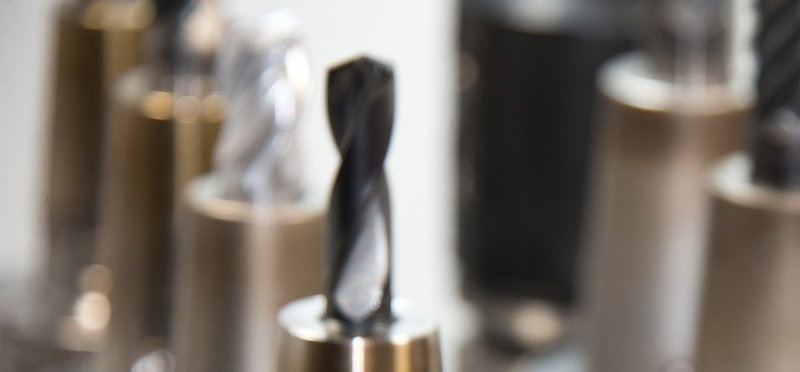
As a leading decision on purpose and function specifications in a patent claim, the German Düsseldorf Higher Regional Court decided, whether the purpose of the embodiment is to be seen as a functional requirement.
The patent claim is not only essential for the patent application, but also in proceedings concerning a possible patent infringement. This is because if, according to the claim feature, a certain purpose is to be achieved by a feature, then only those embodiments are to be regarded as patent infringing in which it can be established that this feature fulfils the certain purpose. This also applies if the possible embodiments for this purpose are only mentioned as examples in the patent.
This finding was made by the Düsseldorf Higher Regional Court (OLG Düsseldorf) in its decision 4b O 20/23 of 4 April 2024, as a leading decision on purpose and function specifications in the patent claim.
The facts
The patent in suit relates to a rotary cutting tool with integrated coolant/lubricant supply and the defendants offer milling tools with integrated coolant/lubricant supply in the Federal Republic of Germany, the defendant 2) also manufactures them in the Federal Republic of Germany.
The plaintiff filed a claim against the defendants for infringement of the patent in suit (the German part of a European patent) for injunctive relief, provision of information and rendering of accounts, determination of liability for damages and destruction (only defendant 2)) as well as recall. The patent proprietor and plaintiff claimed that the defendants were directly infringing the patent in suit.
The question before the OLG Düsseldorf was therefore whether the challenged embodiments of the defendants make use of the patent-protected teaching of the plaintiff's embodiments.
The patent claim contains functional requirements
The Düsseldorf Regional Court of First Instance (LG Düsseldorf) denied this and dismissed the action. The flow profile sought by the patent in suit (the coolant/lubricant should leave the outlet openings as a directed stream) could not be generated - particularly if the cutting part was immersed in the bore - or could not be generated reliably if the jets of coolant/lubricant hit the flutes indiscriminately. On the basis of such an understanding, the challenged embodiment already lacked the formation of a number of coolant/lubricant channels corresponding to the number of flutes.
The plaintiff disagreed and appealed to the Higher Regional Court. The Regional Court incorrectly assumed that the number of coolant/lubricant channels was to be equated with the number of chip grooves, was argued by the plaintiff.
Contrary to the opinion of the Regional Court, it could not be inferred from the patent in suit that a considerable amount of coolant/lubricant had to be fed into the flute in order to achieve the desired functionality.
Finally, the interpretation of the Regional Court is characterised by an incorrect understanding of the term ‘coolant/lubricant’ because it does not take into account that this does not only mean the liquid, but also - if present - the gaseous part of the fluid escaping from the channels.
Therefore, the challenged embodiments of the defendant made use of all the features of claim 1 of the patent in suit in accordance with the literal meaning, argued the plaintiff.
However, the OLG Düsseldorf confirmed the decision of the Regional Court.
OLG Düsseldorf: specific definition in the patent claim
The OLG Düsseldorf explained that according to the specific definition in the patent claim of the patent in suit, the coolant/lubricant must be explicitly introduced into the beginning of a flute and fill it up almost completely in order to create an adequate flow profile and remove chips. The regional court was basically correct in its assumption.
According to the patent claim, the coolant/lubricant ducts must be designed in such a way that they ensure the described functionality during normal operation of the tool, i.e. that they can be fed in. They must have a specific spatial and physical form and fulfil specific functional requirements for this, irrespective of the primary purpose of the tool, explained the Düsseldorf Higher Regional Court.
The patent in suit deals with two possible designs in order to fulfil the requirements of this feature in particular:
The coolant/lubricant channels and the respective associated flutes can, according to patent claim
i) (completely) overlap in the axial projection and thus, for example, align in the axial direction, which presupposes a corresponding positioning of coolant/lubricant channels and chip grooves both in the radial direction and in the circumferential direction
or
ii) in the case of a significant offset between channels and flutes, be arranged at an angle to the respective associated flutes so that each jet hits the associated flute regardless of the radial offset.
In embodiments in which the exiting coolant/lubricant jets miss the chip grooves due to a radial offset of outlet openings and chip grooves, the Federal Patent Court logically regards feature 5.4. as not disclosed (see BPatG judgement, p. 21/22).
Based on this understanding, the challenged embodiments, as the Regional Court correctly found, do not make use of the technical teaching of patent claim 1 in its limited version in accordance with the literal meaning.
The action was therefore dismissed in its entirety (OLG Düsseldorf, 4b O 20/23).
Conclusion
Once again, this shows how important precise wording in the patent claim is.
Our patent law firm has particular expertise in this area. This is appreciated by our clients, as is our transparent cost structure.
Please contact us without obligation, by phone at +49 69 69 59 60-0 or send us an email info@kollner.eu.
